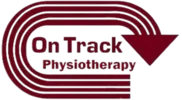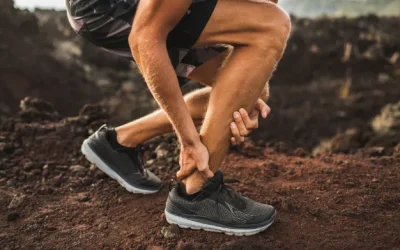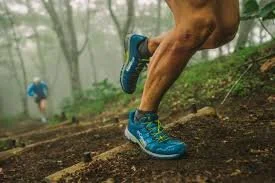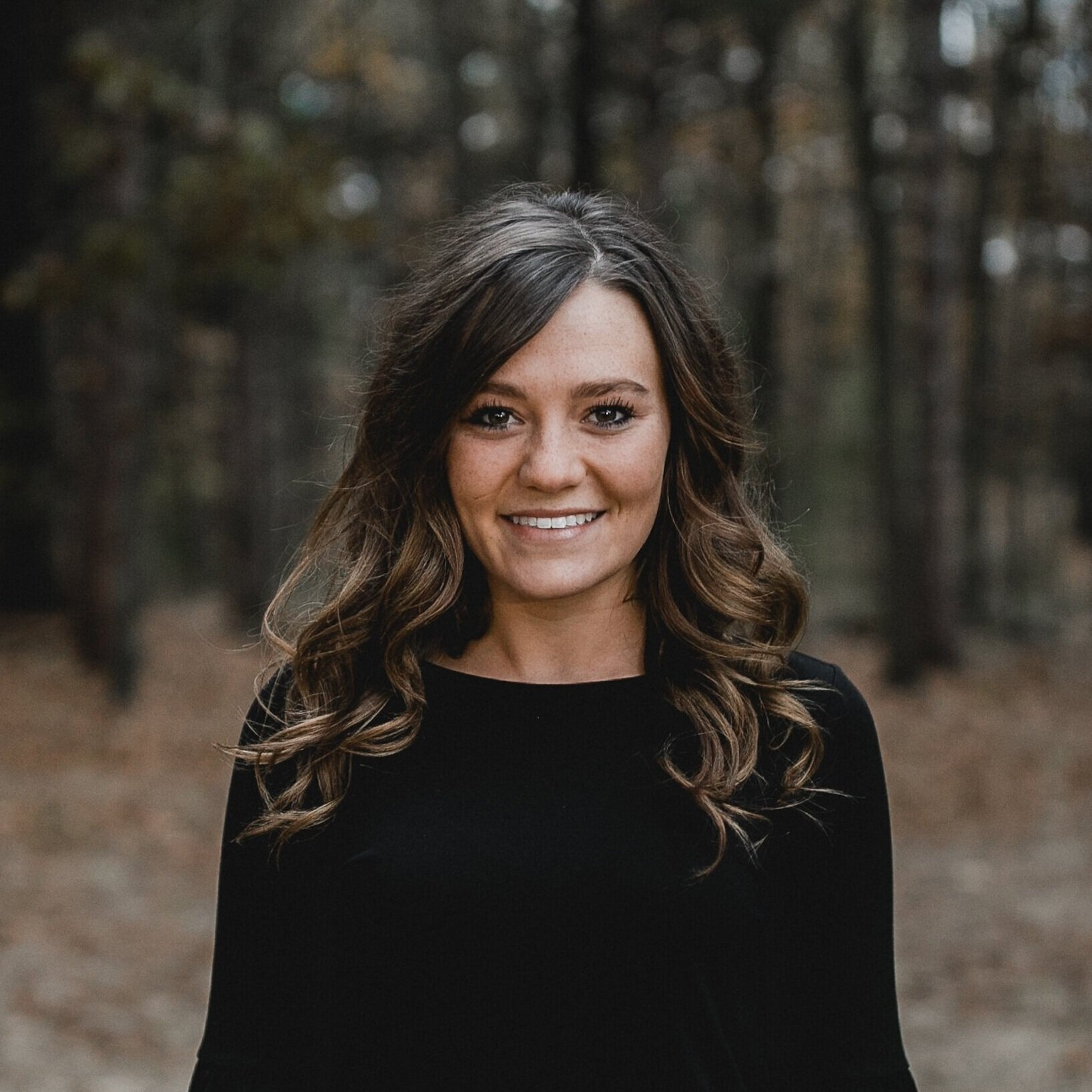On Track Physiotherapy
Blog
Ann Arbor Foot and Ankle Treatment
Are you an active individual who is tired of dealing with foot & ankle pain and searching for treatment that provides lasting results? At On Track Physio we help you overcome foot and ankle...
Knee Pain Ability Program (First Week FREE)
Develop Stronger, Healthier, and More Capable Knee’s Even if your knee feels Over Worked, Over The Hill, and Currently Painful! Knee Pain Treatment in Ann Arbor, MI Are you frustrated by all the...
ACL Recovery Mistakes
5 Biggest Mistakes Made During ACL Recovery Today's video we discuss the 5 biggest mistakes that people make during the ACL recovery process. Be sure to listen all the way through as #5 is perhaps...
4 Achilles Tendon Injury Recovery Tips
Complete Achilles Tendon Treatment Guidelines One of the most common injuries I treat for active individuals in Ann Arbor, Mi is Achilles Tendon issues. That could be an Achilles Tendon Rupture,...
Scoliosis Treatment in Ann Arbor MI
Has someone mentioned Scoliosis and immediately you became fearful of movement or any form of exercise causing more problems because of the alignment in your body? Have you noticed changes in your...
Sciatica Pain While Sitting
Many people have sciatic related hip pain which prevents them from sitting for prolonged periods of time. Driving tends to be the worst position of them all for someone dealing with Sciatica....
The #1 Reason Why Injury Happens
Injuries can be frustrating, but they happen to everyone. It’s very common to think when you have an injury, that you are alone. But that couldn’t be further from the truth as many people suffer...
Is Your Big Toe Pain Creating BIGGER Problems?
Believe it or not, the big toe is a very important part of how you move. Without proper foot & ankle strength and big toe mobility, you can have drastically altered – and even painful – walking...
New Team Member – Meet Morgan Kennedy!
Hi, I’m Morgan! I have been a practicing therapist for over 4 years and have primarily worked in outpatient orthopaedics and sports rehabilitation with specific training in manual therapy. Over the...
2 Step Process To Fix Patellar Tendinitis Knee Pain
Patellar tendon issues are quiet common among the athletic and active adult populations. Here are some tell tale signs that you are dealing with a patellar tendon issue: Focal Inferior Patellar Pole...






